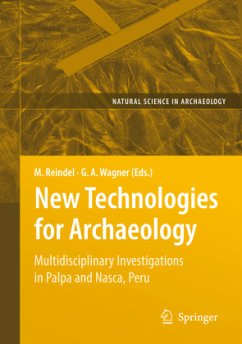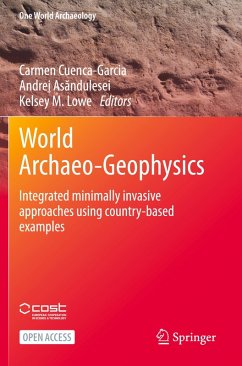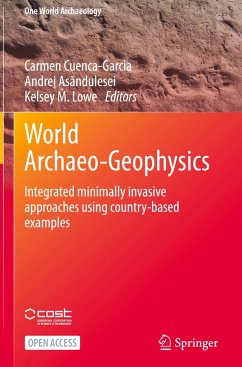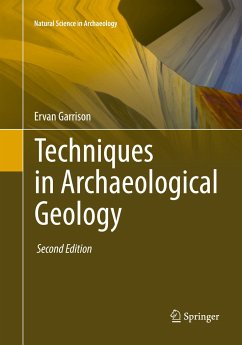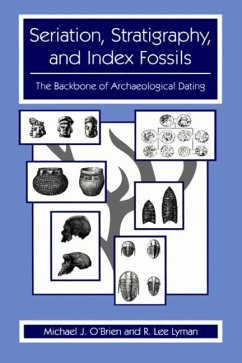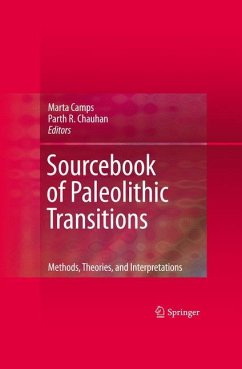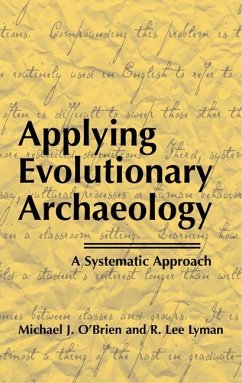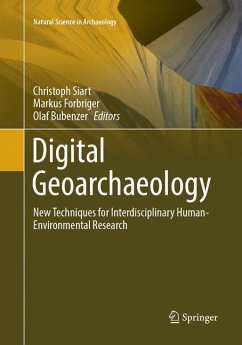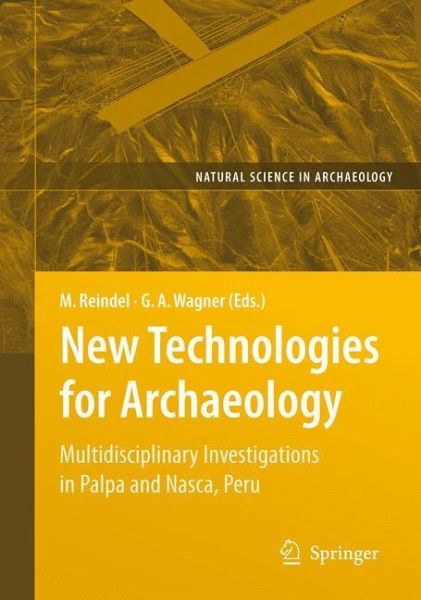
New Technologies for Archaeology
Multidisciplinary Investigations in Palpa and Nasca, Peru
Herausgegeben: Reindel, Markus; Wagner, Günther A.

PAYBACK Punkte
76 °P sammeln!
This book gives a representative overview of recent developments in archaeometry. It reveals the enormous potential of well executed multidisciplinary research. Furthermore, it is an example of how complex cultural history can be reconstructed in a combined effort of different disciplines. And last but not least it presents a detailed history of human development as well as its interaction with natural environment in the Nasca region, based on South America's most detailed numeric archaeochronology.
In 2002 the multidisciplinary research project Nasca: development and adaptation of archaeometric techniques for the investigation of cultural history (Nasca: Entwicklung und Adaption archa ometrischer Techniken zur Erforschung der Kulturgeschichte) started, funded by the German Federal Ministry of Education andResearch(Bundesministerium fu r Bildung und Forschung, BMBF ) in its priority program New scientific methods and technologies for the humanities (Neue Naturwissenschaftliche Methoden und Technologien fu r die Geisteswissenschaften, NTG). This new project continued and in a certain way fulfilled a lasting goal of the ministry to integrate different branches of scientific activities and to foster the transfer of expertise gained in natural sciences to the humanities and vice versa. Archaeometry, by definition the application of scientific methods in archaeological investigation, has been a major focus of the priority program since its beginnings in 1989. After funding numerous fruitful research projects that developed new archaeometric techniques mostly in bilateral cooperation, an even greater outcome was expected from a more multifaceted approach with the participation of various scientific disciplines around a well-defined, archaeological research topic. Furthermore, it was intended to establish a project outside the traditional research areas in central Europe or the Mediterranean. It was the great merit of the person formerly in charge of the BMBF priority program, Dr. Edgar Pusch, to develop these far-reaching perspectives and we are extremely grateful that after a rigorous screening our project among other interesting ones was selected for funding.




